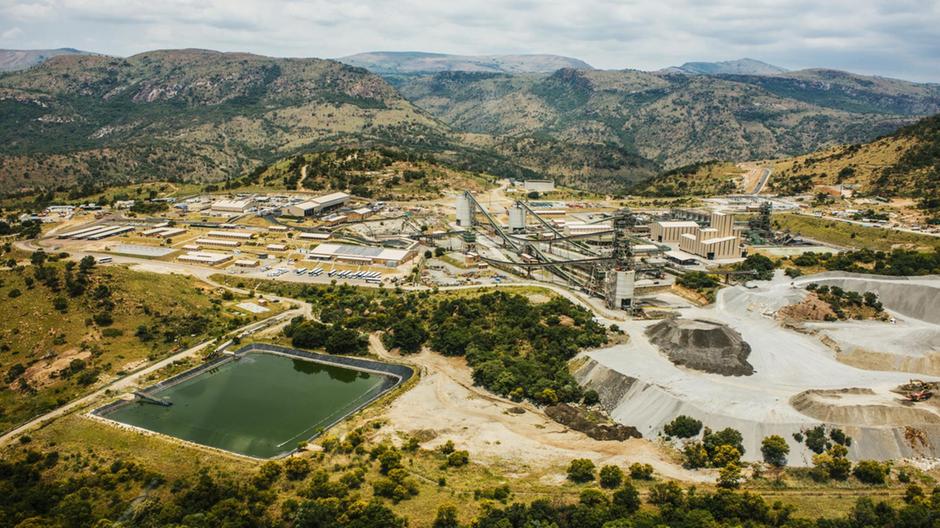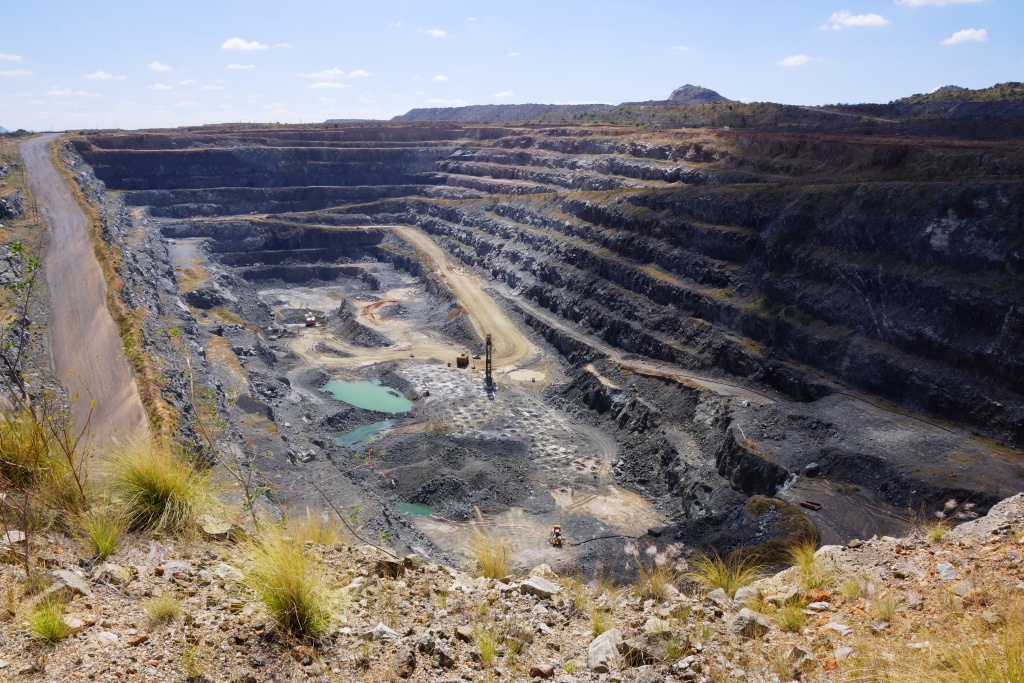
South Africa is betting on hydrogen expansion
A large strategic investment aimed to rebuild the country’s economy
The South African Department of Science and Innovation (DSI) is now collaborating with energy sector companies to complete a feasibility study for the establishment of a “hydrogen valley” anchored in the metals-rich Bushveld geological area. Located in the northern part of the country, this region is well known for its large reserves of platinum-group metals – often referred to as PGMs. Organizations partnering for the initiative are the DSI, along with mining company Anglo American, the South African National Development Institute (SANEDI), and clean energy solutions provider Bambili Energy.
The partnership between the National Government and the private sector is aligned with South Africa’s reconstruction and recovery plan put into action in recent years, aimed at revitalizing the country’s economy through key investments on scientific research and technological innovation.

Northam Platinum Booysendal mining in South Africa | Picture by Bloomberg
According to some preliminary studies, the South African so-called hydrogen valley will stretch approximately 835 km from Anglo American’s Mokopane PGMs mine in the north of South Africa along the corridor to Johannesburg and to the south coast at Durban.
With South Africa owning 75% of platinum-group metals global resources, the regional industry will play a leading role in the development of such a hydrogen valley. In fact, PGMs are leveraged to trigger the polymer electrolyte membrane (PEM) electrolysis process used to produce hydrogen, which can be deployed in the transportation sector to fuel vehicles widely used for mining – especially trucks.
The South African hydrogen valley will stretch approximately 835 km from Anglo American’s Mokopane PGMs mine in the north of South Africa to the south coast at Durban.
We already talked about this: hydrogen is recognized by many experts for its major role in companies’ decarbonization and clean energy transition paths, and it’s expected to become the main energy source in the next decade. That’s one of the reasons why Anglo American is already investing in hydrogen production at its Mogalakwena PGMs mine in South Africa, and currently running a demonstration project to develop hydrogen-powered fuel-cell mining trucks. In fact, the very first truck prototypes will be operating at Anglo American’s mine.

Mogolokwena Platinum Mine. | Picture by Jackie Gauntlett.
The first phase of the feasibility study will identify a minimum of three green hydrogen hub opportunities in the mentioned area. In the second phase, a technical-economic analysis will be carried out on each of the three hubs to outline the characteristics of the planned projects, map their potential for positive local economy impact and define the regulatory actions needed to promote the implementation of any single initiative.
Hydrogen is expected to become the main energy source in the next decade.
The push for developing hydrogen-related resources in South Africa is gathering momentum. South African mining giant Sasol and Toyota South Africa Motors (TSAM), a subsidiary of the Japanese car manufacturer Toyota, jointly signed an agreement in March to develop a pilot project aimed at developing a transport corridor for green hydrogen-powered long-haul trucks along the N3 route between Durban and Johannesburg. As part of the project, TSAM is currently developing – through its 50,14% owned subsidiary Hino Motors and partnering with the Japanese automotive brand Isuzu – Toyota FC, a hydrogen powered fuel cell (FC) truck deploying FC technology, better suited to long distance freight mobility compared to electric batteries. While both partners are evaluating the installation of hydrogen refueling stations for the pilot project, TSAM will lead the studies on the introduction of the fuel cell truck, with Sasol bringing the necessary know-how for infrastructures.
According to PwC, South Africa has an unprecedented opportunity to capitalize on its own energetic resources and become a strategic player in the “clean energy rush” expected in the next years.

